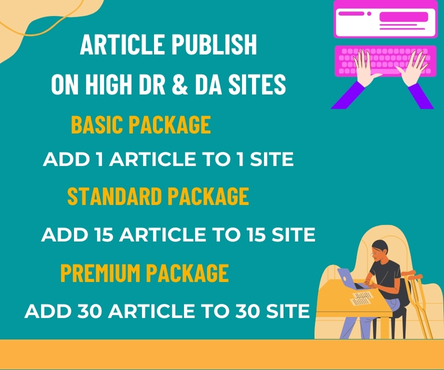The advent of Artificial Intelligence (AI) has revolutionized industries worldwide, transforming the way businesses operate and make decisions. However, despite its vast potential, many organizations struggle to unlock the full value of AI, often due to inefficient implementation and lack of optimization. As AI continues to evolve, maximizing its potential through optimization has become crucial for businesses seeking to stay ahead of the competition. Click here Alaska ai optimization
The Current State of AI Adoption
AI adoption has become increasingly widespread, with businesses across various sectors leveraging its capabilities to improve operations, enhance customer experiences, and drive innovation. From chatbots and virtual assistants to predictive analytics and machine learning, AI has shown immense promise in solving complex problems and uncovering new opportunities. Nevertheless, many organizations face challenges in realizing the full benefits of AI due to suboptimal implementation and integration.
The Importance of AI Optimization
AI optimization is the process of refining and fine-tuning AI systems to achieve maximum efficiency, accuracy, and impact. By optimizing AI models and algorithms, businesses can improve performance, reduce costs, and enhance decision-making capabilities. Optimization can help organizations overcome common AI challenges, such as:
- Data Quality Issues: AI models are only as good as the data they are trained on. Optimization helps ensure that data is accurate, relevant, and properly utilized.
- Model Drift: As AI models interact with changing environments, their performance can degrade over time. Optimization enables businesses to monitor and update models to maintain their effectiveness.
- Lack of Explainability: Optimized AI models can provide insights into their decision-making processes, increasing transparency and trust.
Strategies for Maximizing AI Value
To unlock the full potential of AI, organizations can employ several optimization strategies:
- Data Curation and Preprocessing: Ensure that data is properly cleaned, transformed, and formatted to improve model accuracy and performance.
- Model Selection and Hyperparameter Tuning: Choose the most suitable AI models and fine-tune hyperparameters to achieve optimal results.
- Continuous Monitoring and Evaluation: Regularly assess AI system performance and update models as needed to maintain their effectiveness.
- Explainability and Transparency: Implement techniques to provide insights into AI decision-making processes, enhancing trust and accountability.
- Human-AI Collaboration: Design AI systems that complement human capabilities, fostering collaboration and maximizing value creation.
Best Practices for AI Optimization
To achieve successful AI optimization, organizations should:
- Develop a Clear Strategy: Align AI optimization with business objectives and identify key performance indicators (KPIs) to measure success.
- Invest in Talent and Training: Ensure that teams have the necessary skills and expertise to optimize AI systems effectively.
- Foster a Culture of Experimentation: Encourage experimentation and learning to drive innovation and improvement.
- Monitor and Evaluate Continuously: Regularly assess AI system performance and make data-driven decisions to optimize and improve.
Conclusion
AI has the potential to revolutionize industries and transform businesses. However, realizing its full value requires careful optimization and refinement. By employing strategies such as data curation, model selection, and continuous monitoring, organizations can unlock the untapped potential of AI and drive business success. As AI continues to evolve, the importance of optimization will only grow, making it essential for businesses to prioritize AI optimization to stay ahead of the competition. By doing so, organizations can harness the power of AI to drive innovation, improve decision-making, and achieve maximum value creation.

